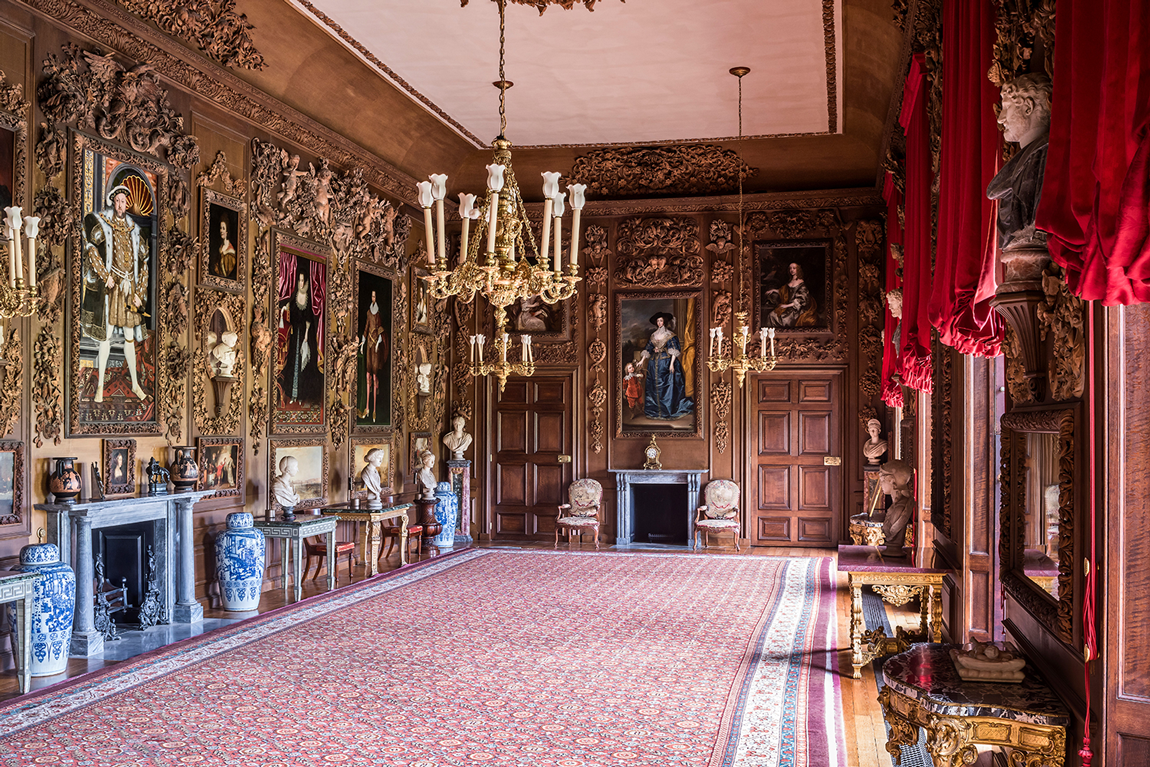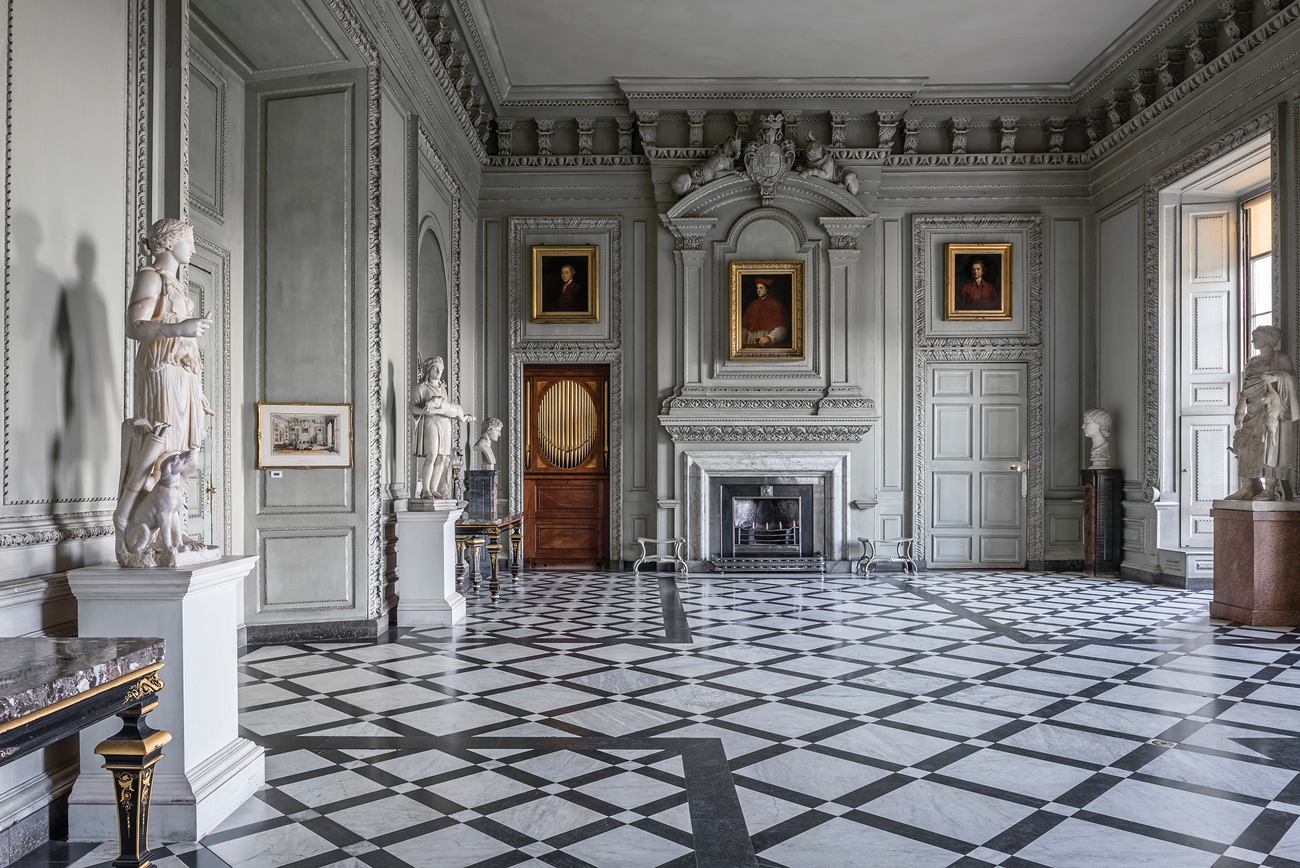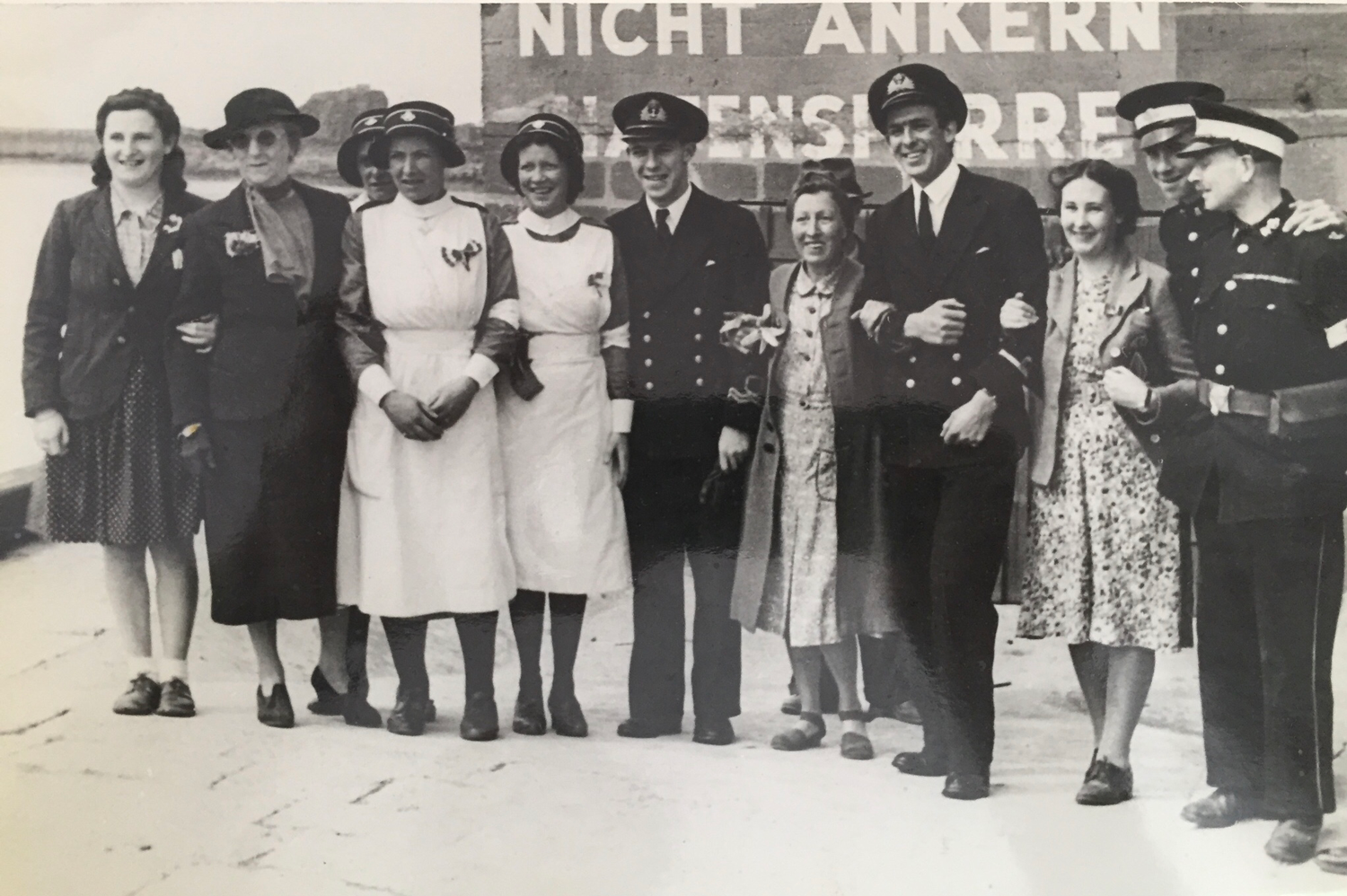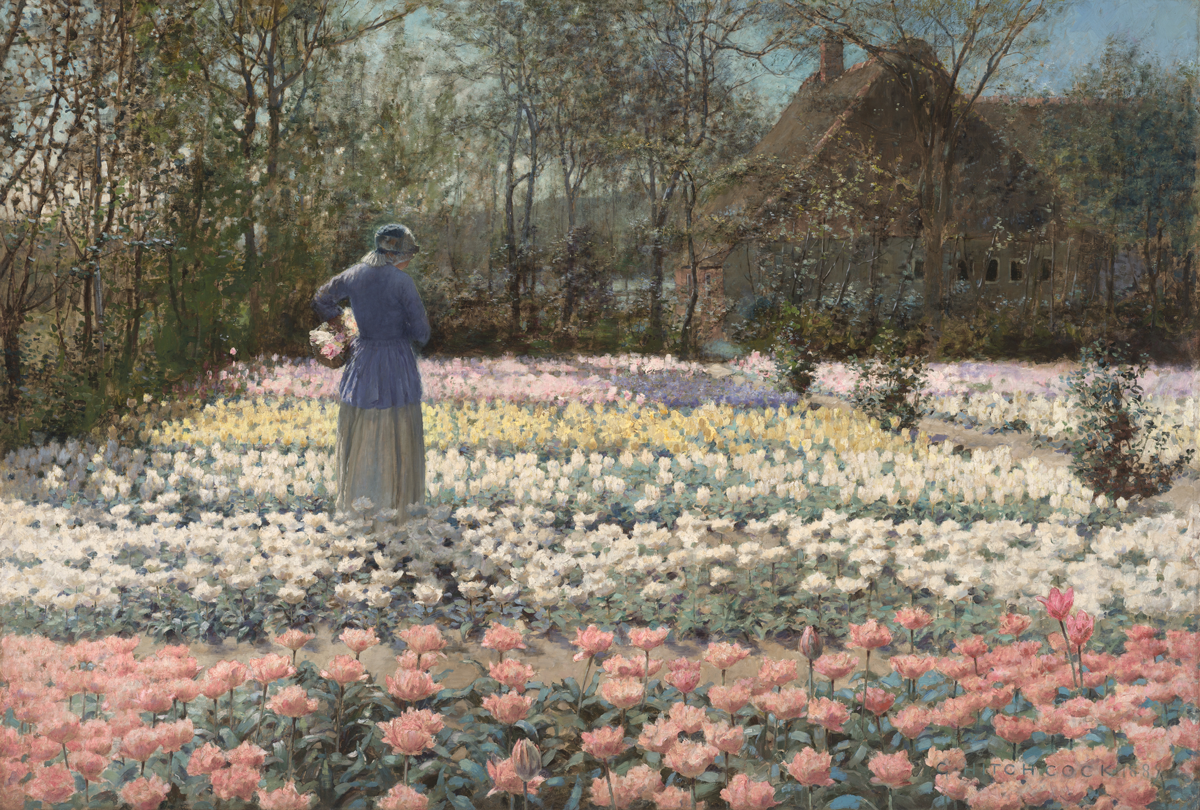
It is with a sense of anticipation and excitement that I am preparing to reopen Toovey’s auction rooms to the public. The ‘R’ number willing, we will open on Monday 15th June.
Toovey’s closed temporarily on 23rd March to support government policy and our NHS. We feel that it has been vital for Toovey’s and so many others to close and to do our bit to help to defeat COVID-19 as a way of protecting and supporting our community here in Sussex.
I was glad to be able to safely furlough most of my team, but I was unprepared for how emotional it would be to lock the doors to the salerooms that week. It has been financially costly too, but safety has always been our first priority and never more important than in these unprecedented times.
There has been much to tend to during this period and I have been overwhelmed by the generous and encouraging notes from our clients and friends.
The government’s most recent online advice to businesses and the NHS pages on COVID-19 have provided a framework which has shaped our thinking and allowed us to prepare risk assessments and a common sense Health and Safety response to keep staff and visitors safe when we reopen.
We’ve created new reception and valuations spaces for the public bringing their treasured possessions to Toovey’s for auction. We’ve ordered direction signs, queuing and viewing point mats to ensure social distancing. The numbers of people viewing our sales at any one time will be limited with timed slots available by appointment. Listen to me being excited by Health and Safety but it’s at its best when it’s practical and empowering!
I strongly believe that in the post COVID-19 world there will be a real need for the continued rise of liberal capitalism; firms which are informed by servant leadership, a sense of care and responsibility to the teams and communities which they serve and which support them. Where firms balance this approach with generous and good stewardship of their resources it is my experience that companies flourish because of these values and not in spite of them.
Many nations are ahead of us in the fight against this dreadful disease. We are receiving enquiries from China and across the world as well as the United Kingdom from collectors and specialist dealers really keen to buy objects at our auctions. In concert with the contemporary blessings of the online world, and especially tooveys.com, I think there is much cause for hope and optimism whether people are buying or selling.



